How the Mexico City Grand Prix became Formula 1’s ultimate fiesta
Marking 10 years since its return, the Mexico City Grand Prix has evolved into one of Formula 1’s most playful weekends. Blending sport, culture and celebration, it’s a race where local pride and global spectacle collide – and one of the only races where the energy and noise of the crowd can overpower the roar of the engines.
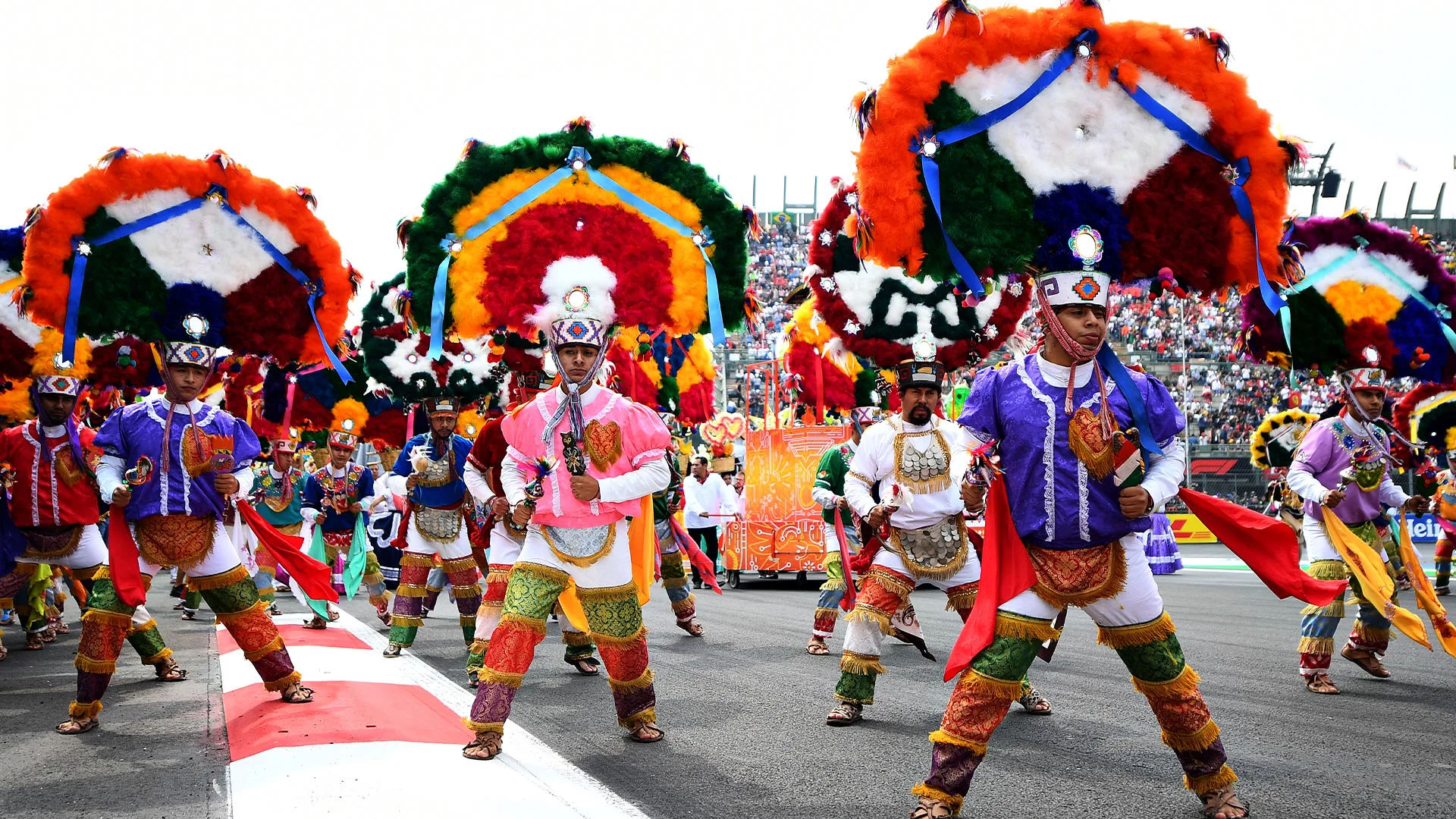
Ten years after its triumphant return to the Formula 1 calendar, the Mexico City Grand Prix has become the sport’s ultimate fiesta – a celebration of speed, culture and national pride.
When F1 returned to the Autodromo Hermanos Rodríguez in 2015, it reignited a love affair between Mexico and motorsport that had been waiting a generation to burst back into life. What began as a revival quickly grew into one of the most anticipated events on the schedule for both drivers and fans.
The event has taken on a character all its own. From the roar inside the Foro Sol stadium to the streets alive with music, colour and marigolds, the Mexico City Grand Prix has evolved into more than a race weekend. It has become a festival that has captured the heart of the entire nation and, a decade on, the fiesta shows no signs of slowing down.
The heartbeat: Foro Sol’s stadium spectacle
Once the home of baseball and still host to blockbuster concerts, Foro Sol now bears witness to some of the most climactic moments in F1, turning the stadium into something entirely its own.
Built in the early 1990s to host the Diablos Rojos del Mexico baseball team, Foro Sol quickly became part of the city’s identity. Madonna, Paul McCartney, The Rolling Stones – many of the world’s biggest names have rocked its stage. Peace and quiet have never really been in Foro Sol’s nature!
It was entirely fitting then, when F1 returned in 2015 after more than two decades away, that organisers and circuit designers recognised the potential of the stadium. By routing the track through the old baseball diamond, they created an arena where the sport could meet the fans up close.
Now the Foro Sol grandstands hold thousands of spectators each race weekend. It was never built for F1 racing, yet it feels as though it always belonged to it. The roar, the colour, the emotion – Foro Sol lifts the Grand Prix to another level, and it’s now impossible to imagine the race without it.
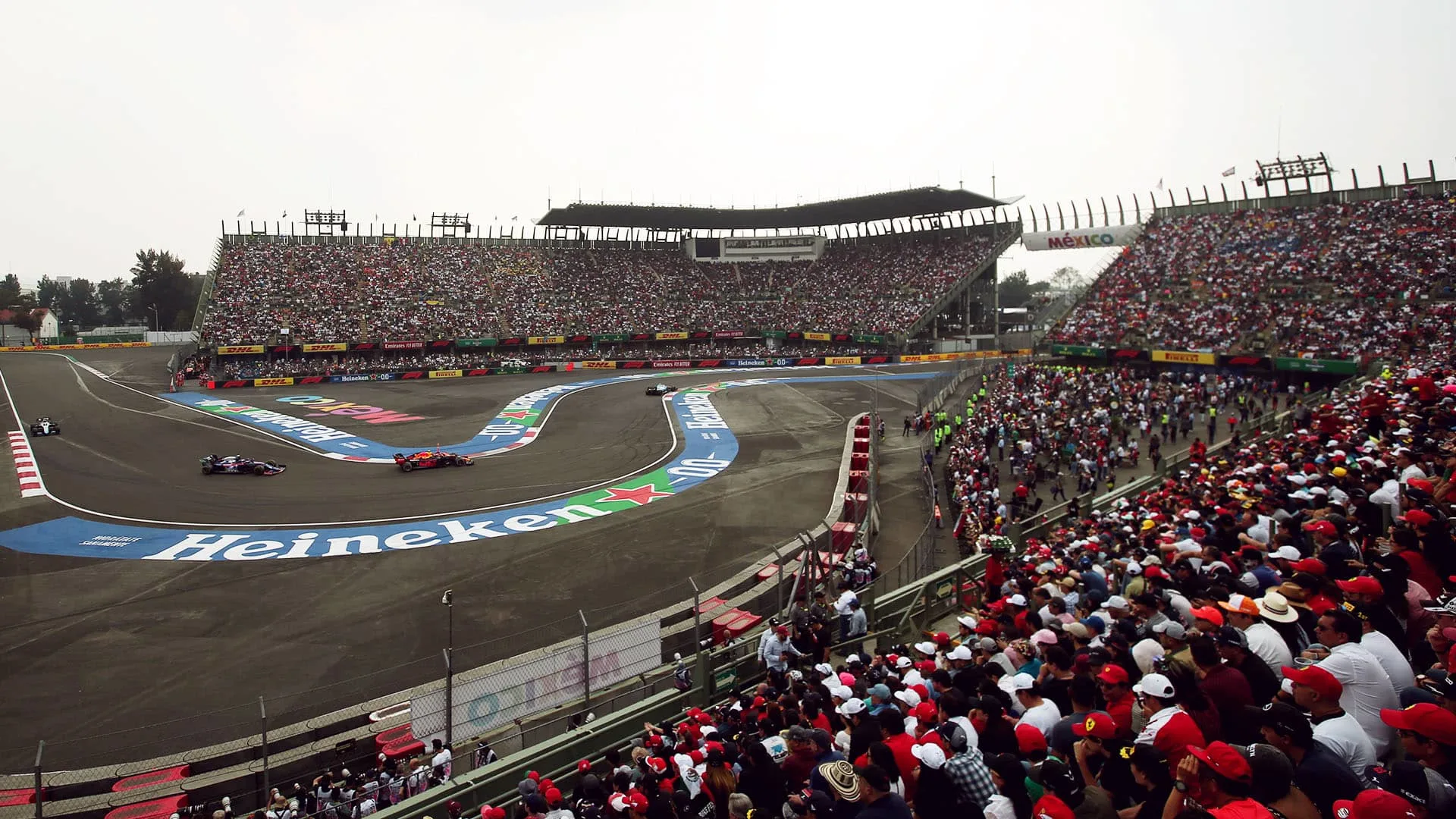
The city that becomes a party
When F1 arrives in Mexico City, the entire capital shifts gears. Streets that are usually thick with weekday traffic start to buzz with colour and music. Around the Autodromo Hermanos Rodriguez, the energy is constant. Fans in team shirts spill out of metro stations, singing, waving flags, buying tacos from street vendors who have doubled their grills for the weekend.
But the celebration does not stop at the circuit gates; it flows into every corner of the capital. In the city centre, rooftop bars host lively watch parties, murals are refreshed with racing themes, and markets glow with marigold garlands in the lead-up to the Day of the Dead celebrations.
Locals and visitors drift between art, music and mezcal, sharing the same electric rhythm that defines race week. The city feels alive in every sense, and everyone wants to be part of it.
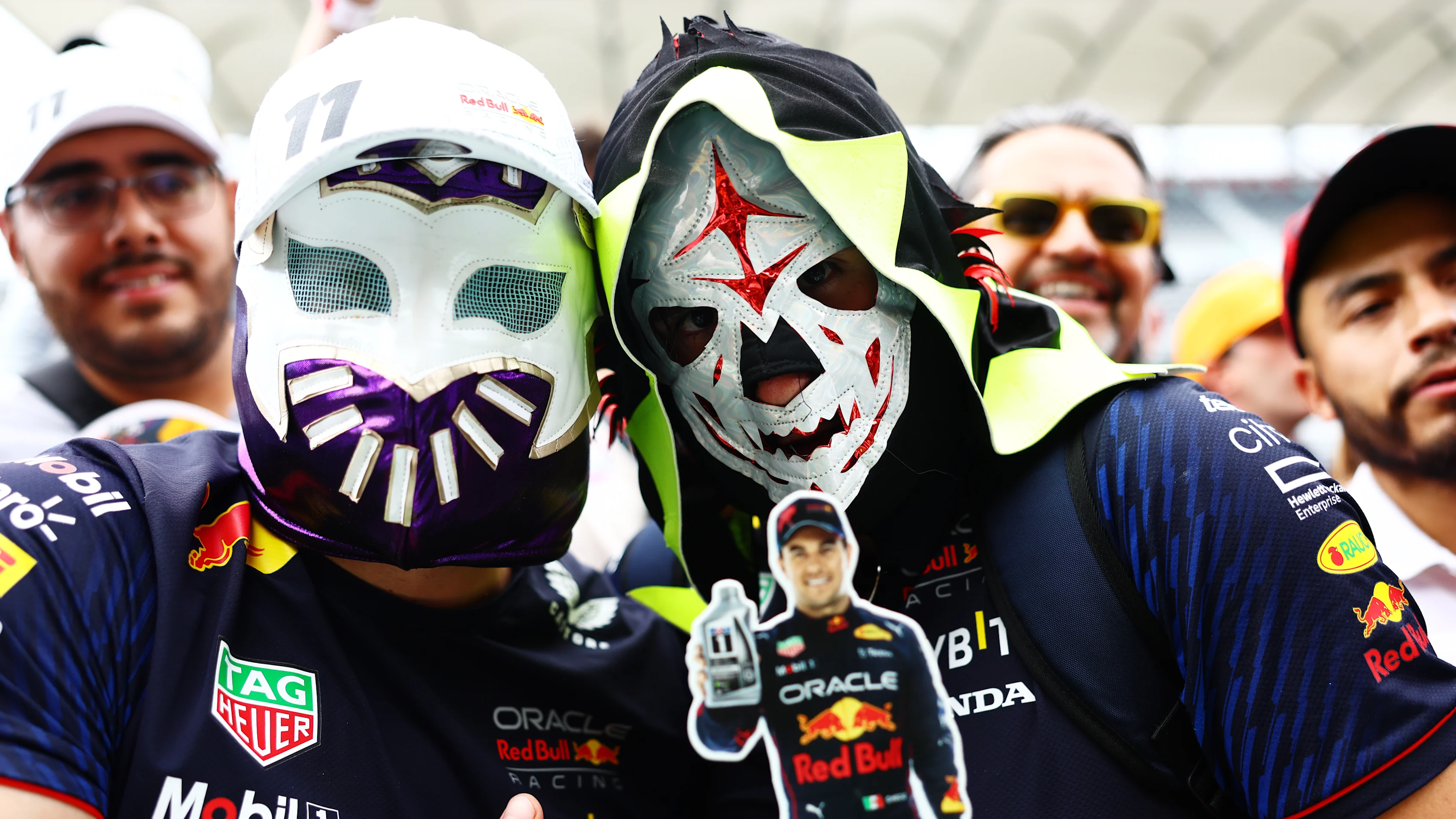
Motorsport heritage and pride
F1 has long been a source of pride in Mexico, a country whose passion for speed and spirit helped shape the sport’s early story. The then-named Mexican Grand Prix debuted in 1963 at the Magdalena Mixhuca Circuit, before the venue was later renamed Autodromo Hermanos Rodriguez in honour of local motorsport heroes Ricardo and Pedro Rodriguez.
Their fearless talent and success on the world stage quickly morphed the Rodriguez brothers into national heroes. In 1961, at just 19 years old, Ricardo stunned the motorsport world when he became the youngest driver to race for Ferrari. His record stood for more than six decades before it was broken by Ollie Bearman, who stepped in as a replacement driver for Ferrari last year when Carlos Sainz suffered with appendicitis.
Ricardo passed away in a fatal crash a year later on home soil, and the torch was passed to his brother, Pedro. The older brother went on to claim Mexico’s first F1 Grand Prix win at the 1967 South African Grand Prix. In a cruel twist of fate, Pedro also died in an accident in 1971 during a race in West Germany.
Together they redefined what levels of success were possible for home-grown Mexican drivers, inspiring generations who still feel their influence today. The circuit that bears their name remains a living tribute to their lasting legacy.
For today’s fans, that same pride lives on through Sergio 'Checo' Perez. The Guadalajara-born driver has become a national icon, carrying the hopes of a country every time he races at home. From karting in Jalisco to six Grand Prix victories and 39 podiums in F1, his success is a story of perseverance and talent.
Next year, his return to Mexico City with the new Cadillac F1 Team will mark the beginning of a new chapter – one that promises to etch his name even deeper into F1 history.
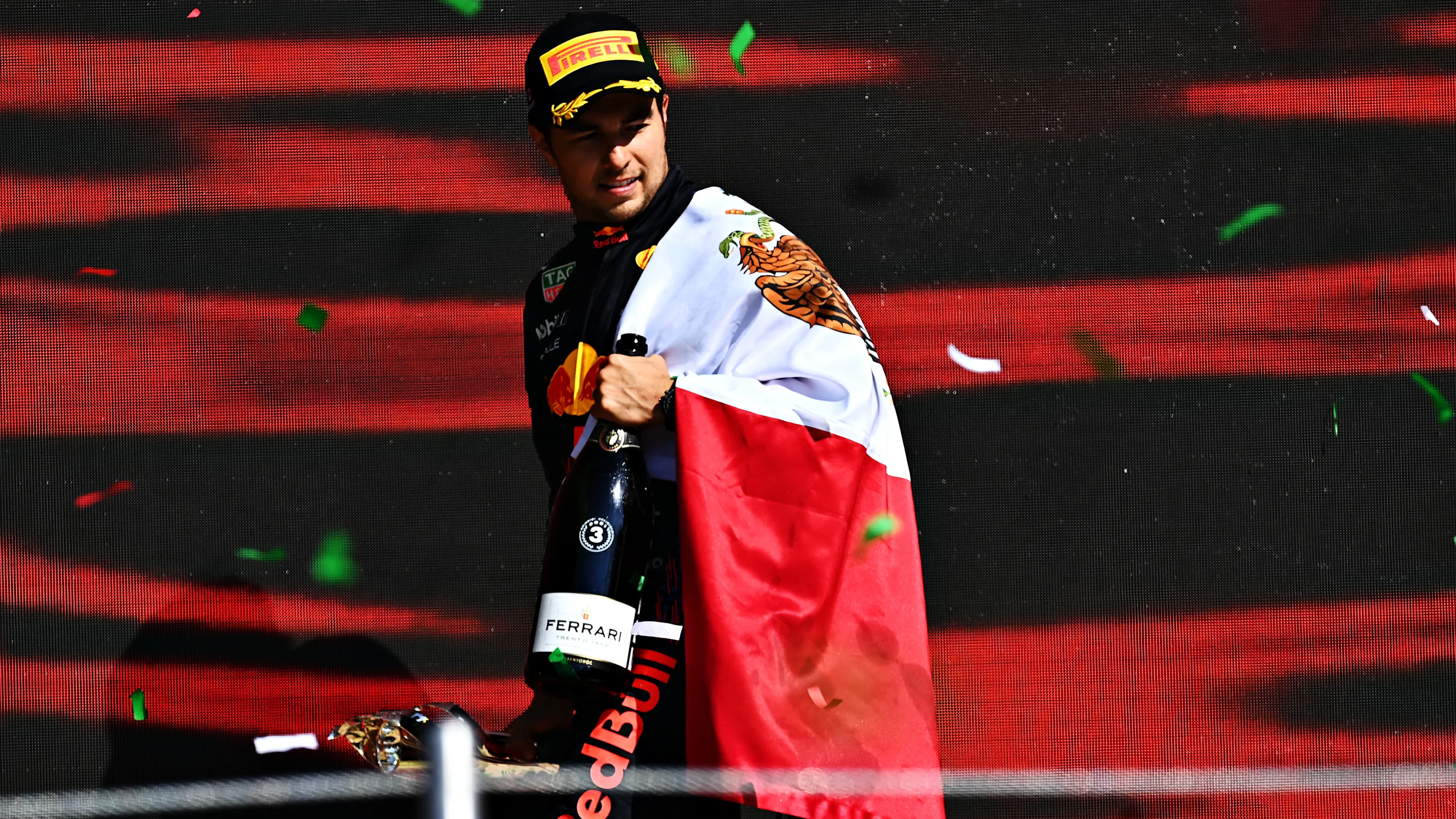
Mexico’s cultural overtake
In Mexico, the fans are a key part of the spectacle, and few destinations do it as thoroughly as they do here. Street vendors outside the circuit sell marigold garlands, masks and handmade accessories that soon fill the stands, creating a vibrant patchwork of colour.
Every year, supporters weave their culture into the weekend – from sombreros and embroidered shirts to flag capes and painted faces inspired by Día de los Muertos. They wear their identity like a badge of honour, their passion and pride shining through as the grandstands erupt in colour, culture and unmistakable Mexican spirit.
As usual, the paddock leans into the moment, with drivers and teams adding touches of local flair. Charles Leclerc drew headlines last year when he arrived dressed in a traditional mariachi-style outfit, while Daniel Ricciardo has often joined the festivities sporting a sombrero and Day of the Dead-inspired face paint.
Sergio Perez also pays tribute to his roots through custom helmet designs, traditional embroidery and, more recently, a Mexican wrestling mask on race day – we can’t wait to see what he will bring in 2026.
Why the drivers love it
Few circuits test both man and machine quite like Mexico City. Sitting more than 2km above sea level, the Autodromo Hermanos Rodriguez is the highest track on the calendar. The thin air strains engines, alters aerodynamics and challenges drivers’ endurance, so every lap demands precision, rhythm and nerve.
Yet it is the atmosphere that really takes the drivers’ breath away. From the moment they arrive, they are surrounded by the roar and excitement of the fans. That sentiment is shared across the grid. During his stint with Sauber Zhou Guanyu summed it up, saying: “The fans at the track make Mexico so special. You really feel the atmosphere – they are very passionate about racing.”
No one understands that connection more deeply than Perez. “Being on the podium in your home Grand Prix is something very, very special,” he said after finishing P3 at the 2021 edition. “I gave my full heart for these people. I could actually hear them when I was going through here,” he said of the moment he entered the Foro Sol, surrounded by tens of thousands of adoring fans.
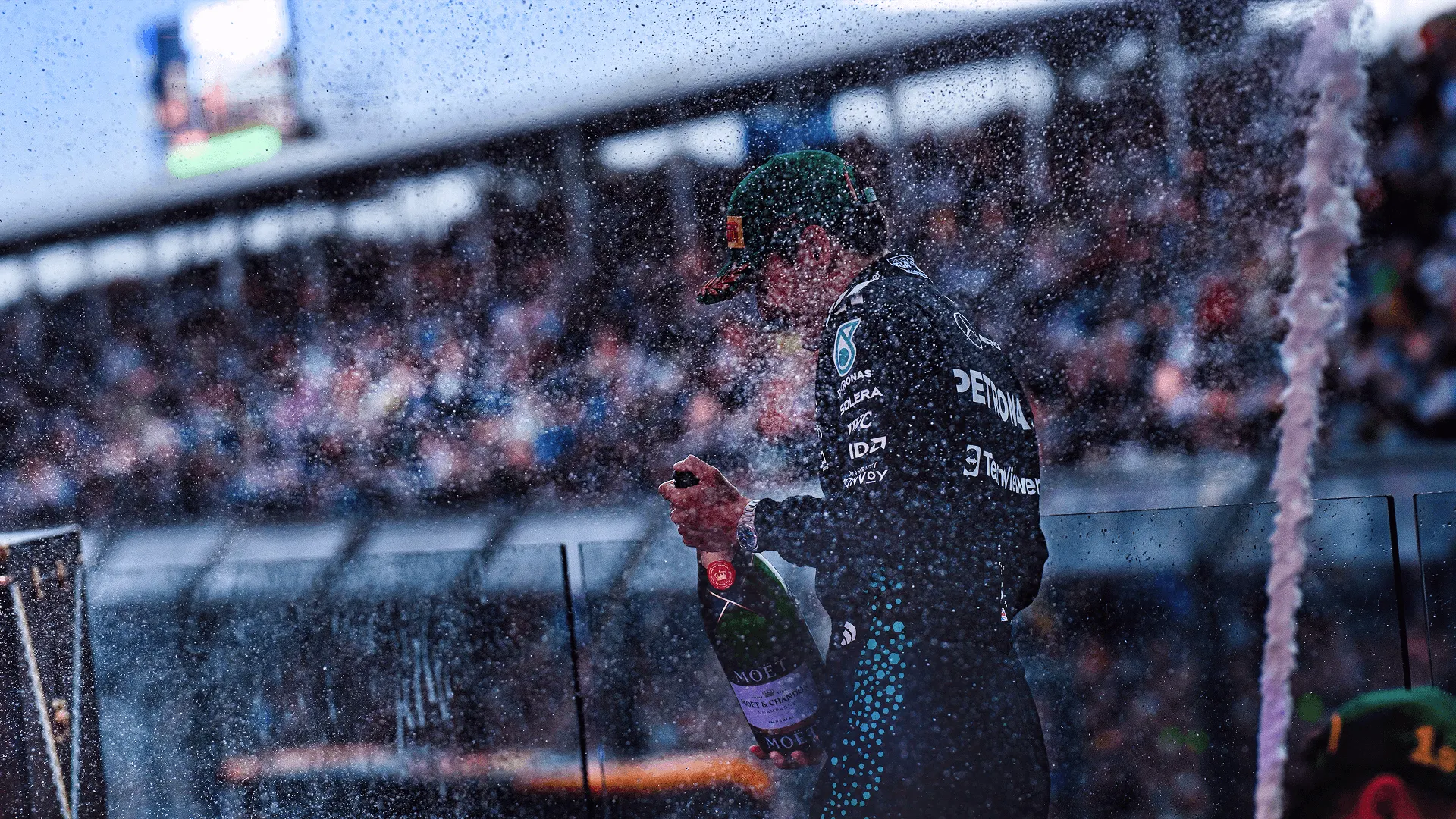
Next Up
Related Articles
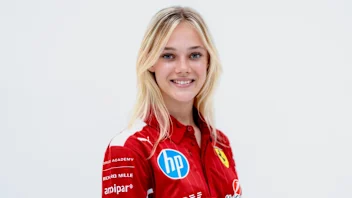 F1 AcademyFerrari sign Larsen for 2026 F1 ACADEMY campaign
F1 AcademyFerrari sign Larsen for 2026 F1 ACADEMY campaign Sainz hopes point-less finish in Abu Dhabi ‘serves as a wake-up call’
Sainz hopes point-less finish in Abu Dhabi ‘serves as a wake-up call’ Norris collects World Championship trophy at FIA Awards
Norris collects World Championship trophy at FIA Awards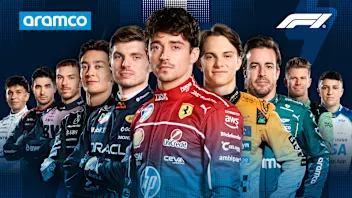 Power RankingsWho dazzled our judges at the finale in Abu Dhabi?
Power RankingsWho dazzled our judges at the finale in Abu Dhabi?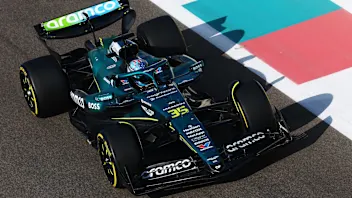 Crawford sets the pace at Abu Dhabi post-season test
Crawford sets the pace at Abu Dhabi post-season test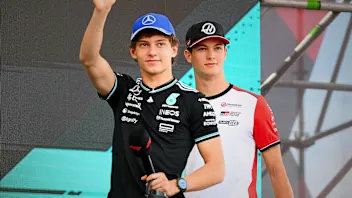 JacquesHow did the rookies do in their first F1 season?
JacquesHow did the rookies do in their first F1 season?